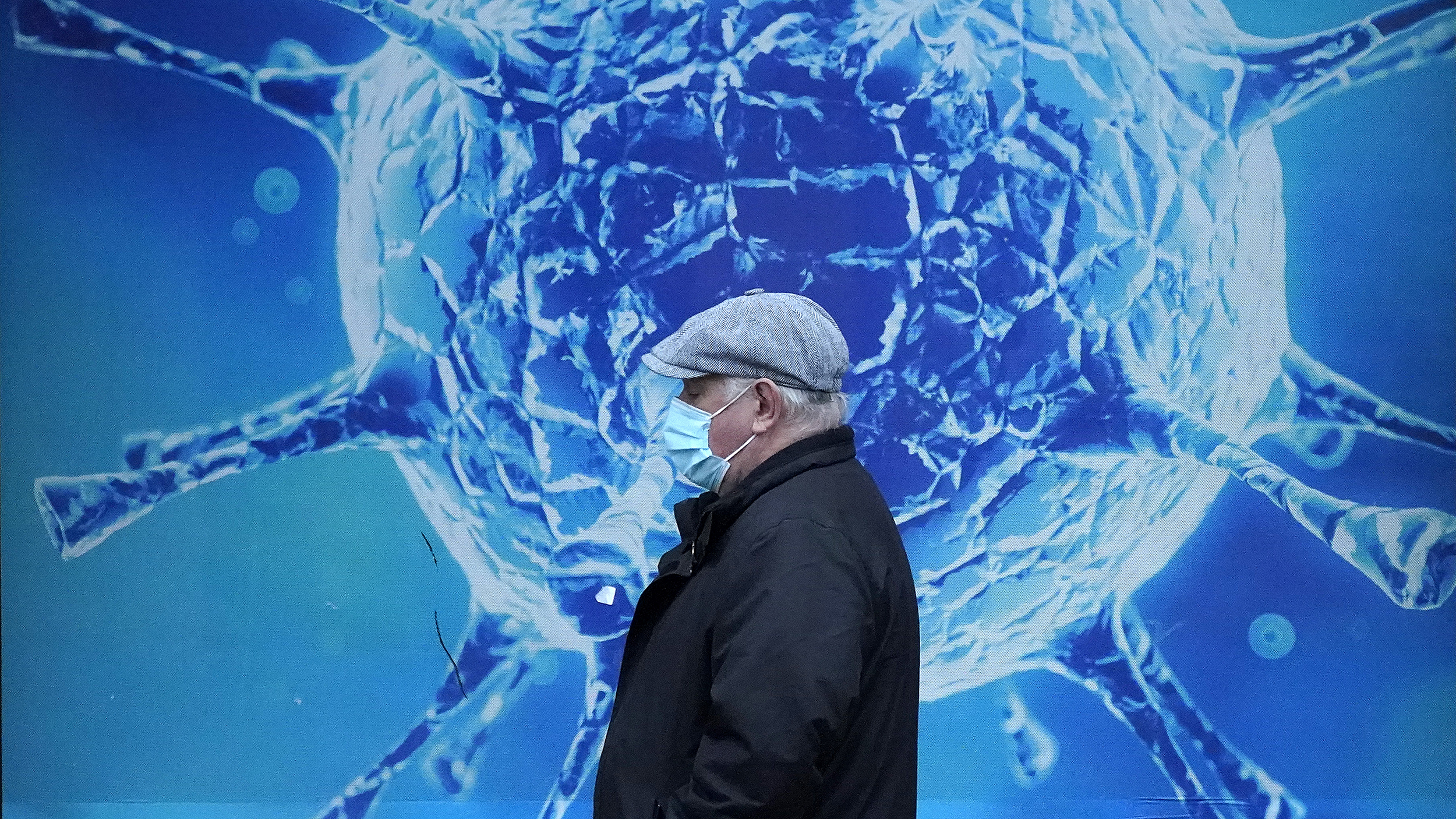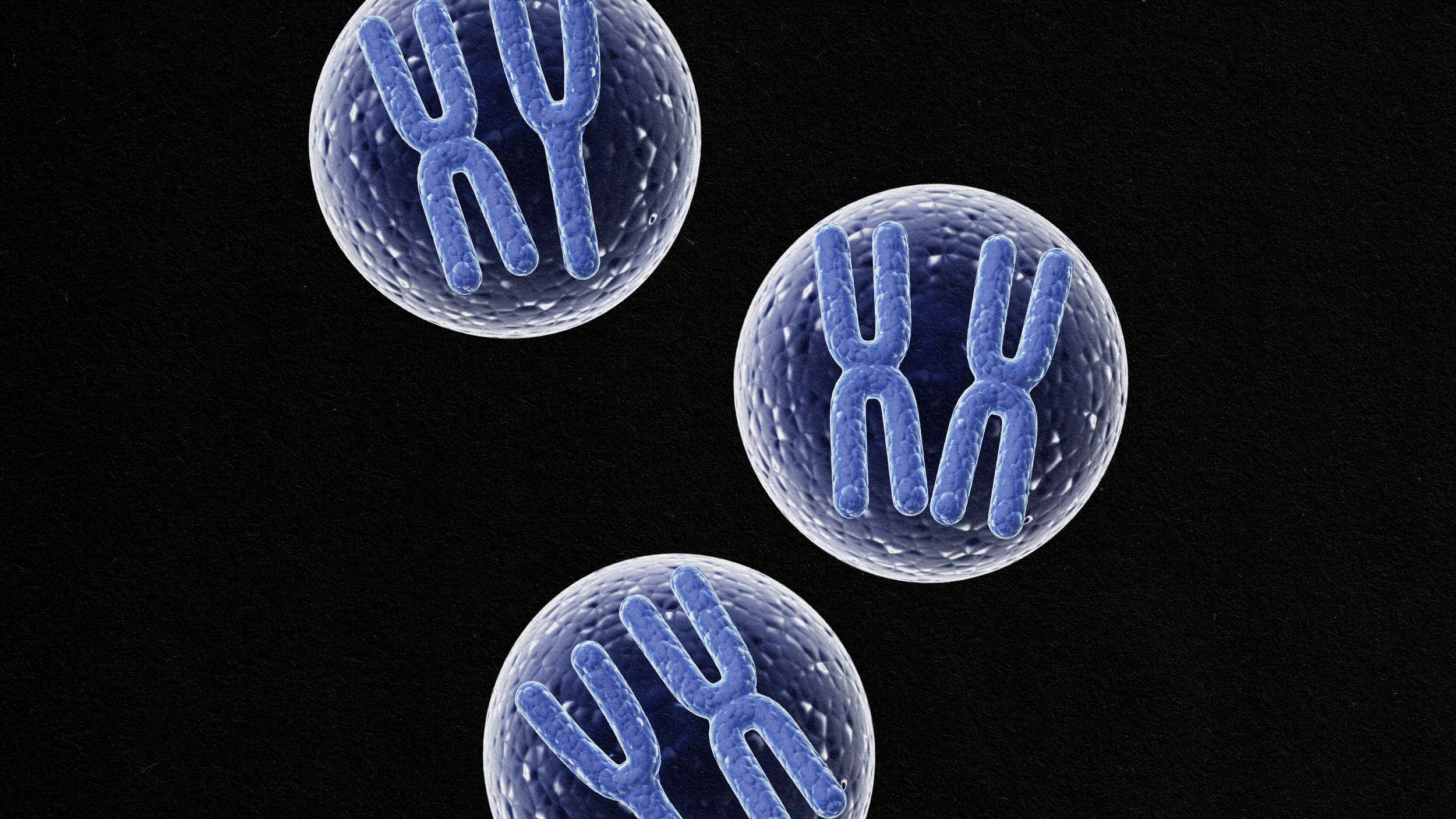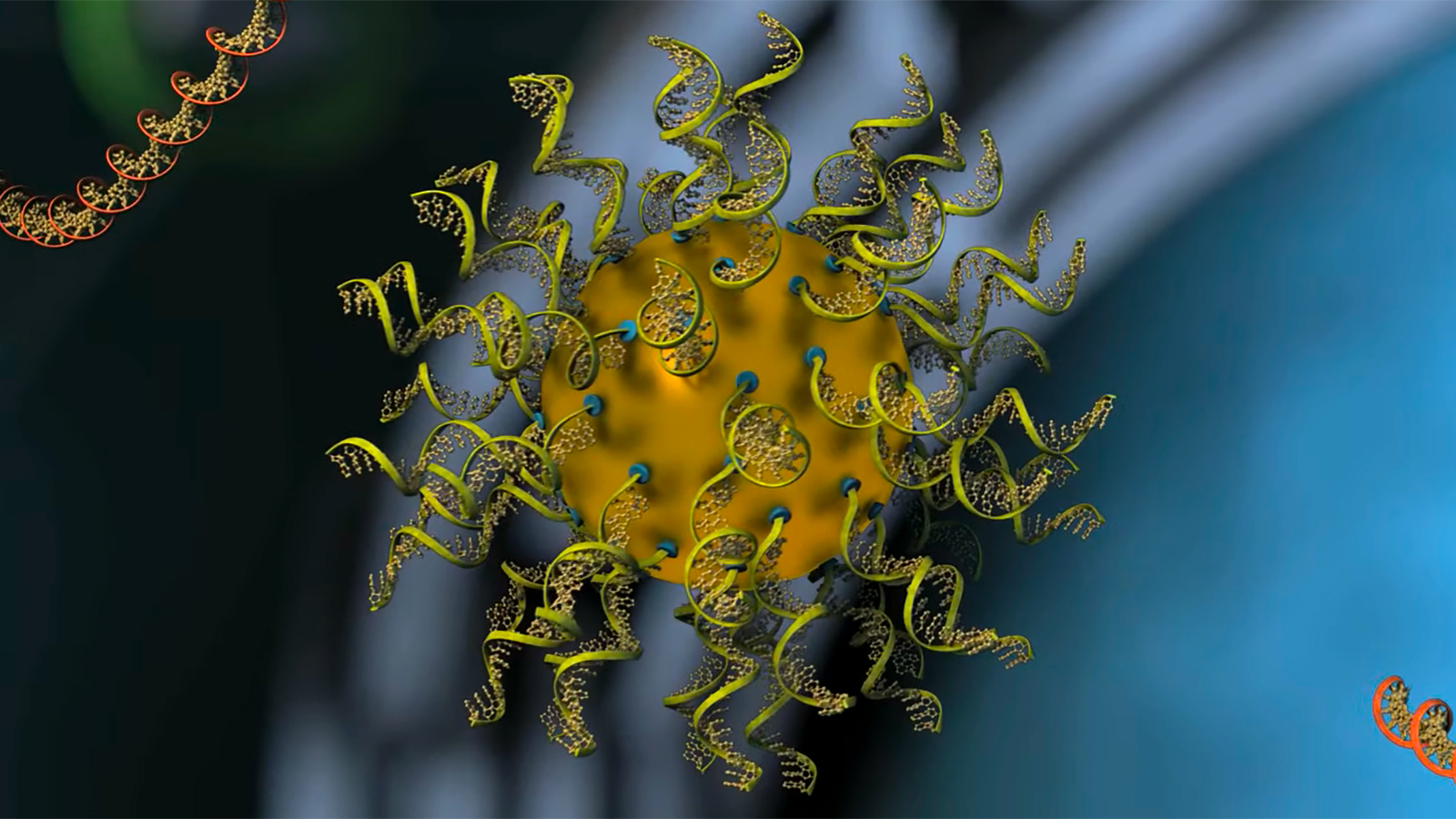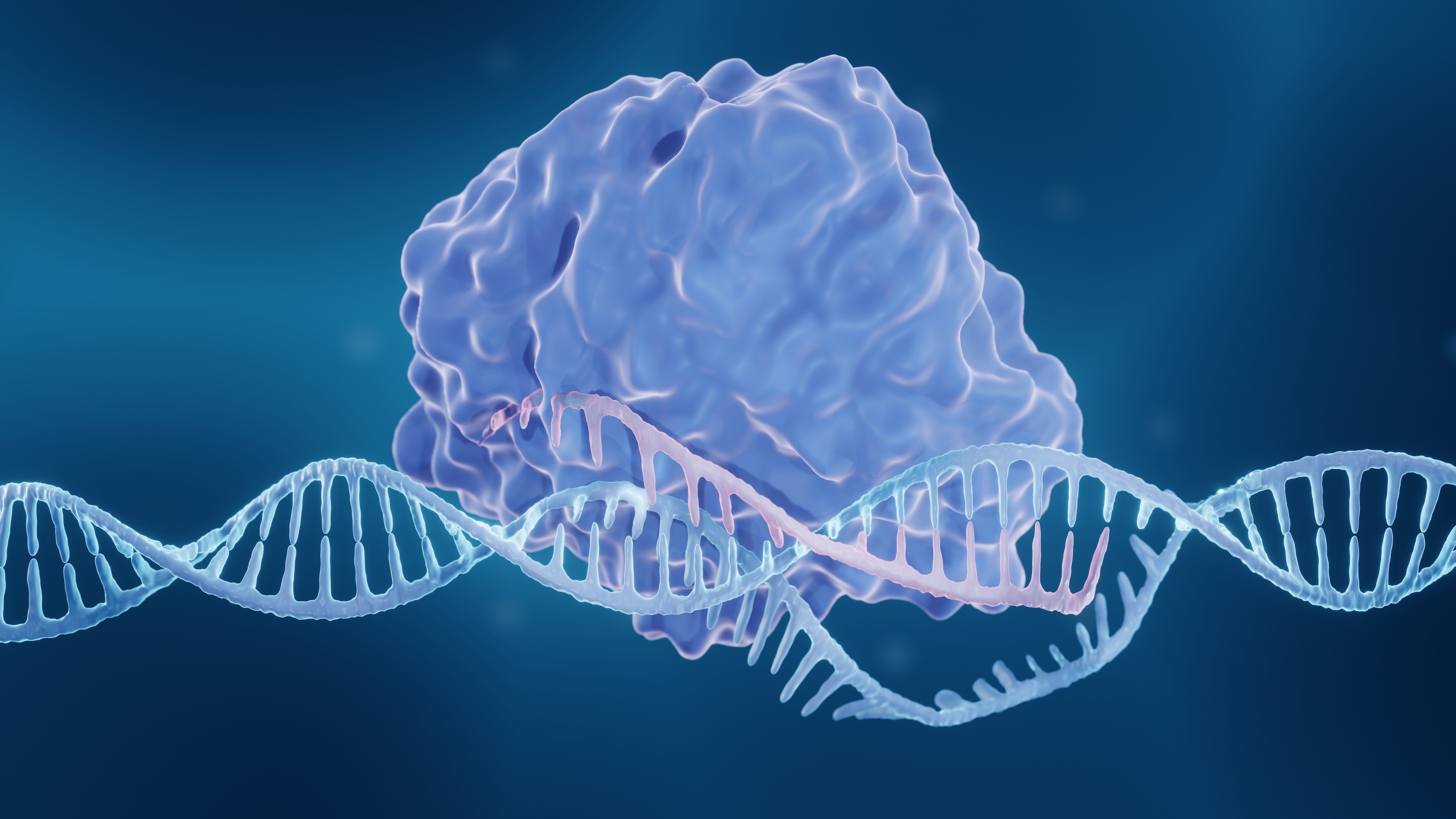Discovery of HIV Protein Structure Change

Article written by guest writer Rin Mitchell
What’s the Latest Development?
Scientists have unveiled a structural change in HIV that could possibly lead to a vaccine to protect people against the contraction of the virus. When HIV enters the immune system it launches an attack on the body’s immune cells called T cells, which are responsible for defending the immune system. According to reports, previous attempts to find treatment to ward off the infection were unsuccessful. “One challenge is that the proteins on the viral surface—the HIV envelope glycoproteins (Env)—mutate rapidly changing their shape and evading the immune system.” Scientists conducted a series of tests using techniques in order to see “the steps between Env binding to the T-cell receptor known as CD4 and the point at which the virus fuses with the cell,” which is known to be the early stages of HIV infection. The findings gave researchers a better understanding of the “surface of HIV just as it is about to infect a cell.”
What’s the Big Idea?
Scientists have discovered a change in the structure of glycoproteins, which occurs upon entry of the HIV protein. The glycoproteins, called Env, go into an active and inactive state, shedding light on “one of the first steps in the HIV fusion process.” It allows scientists to break more ground in creating an effective “HIV immunogens and vaccines.”





